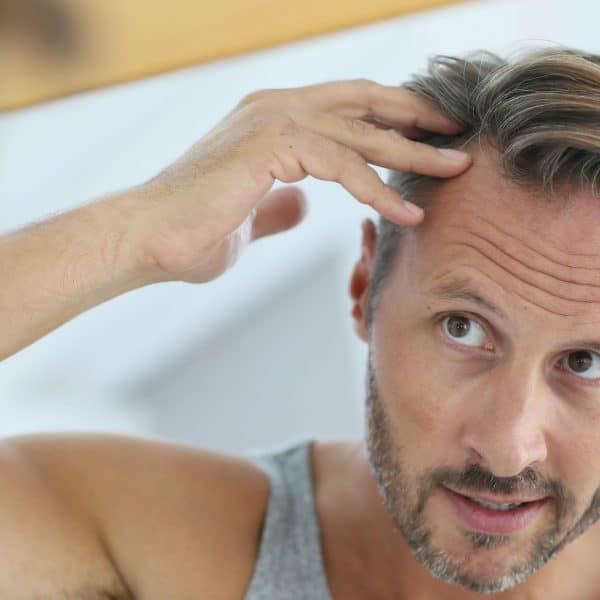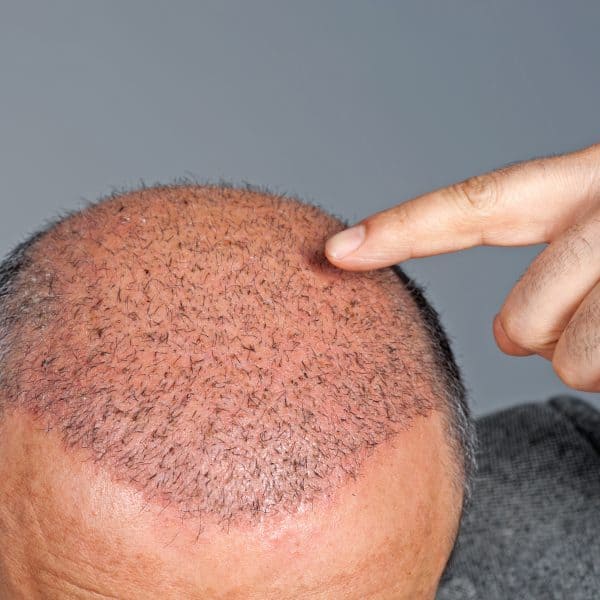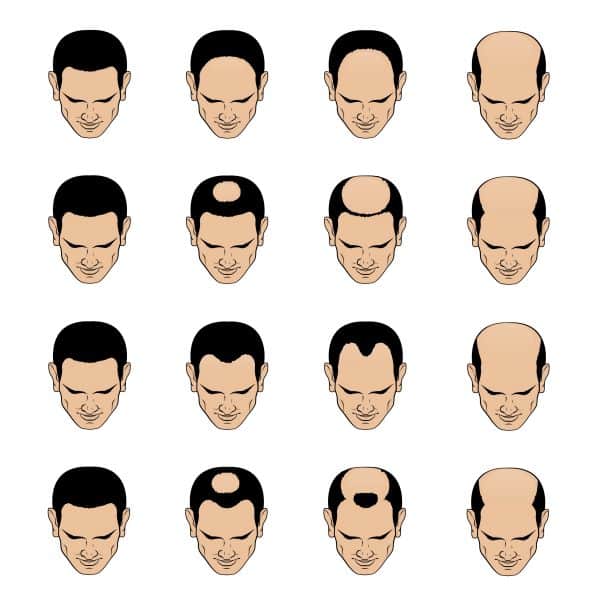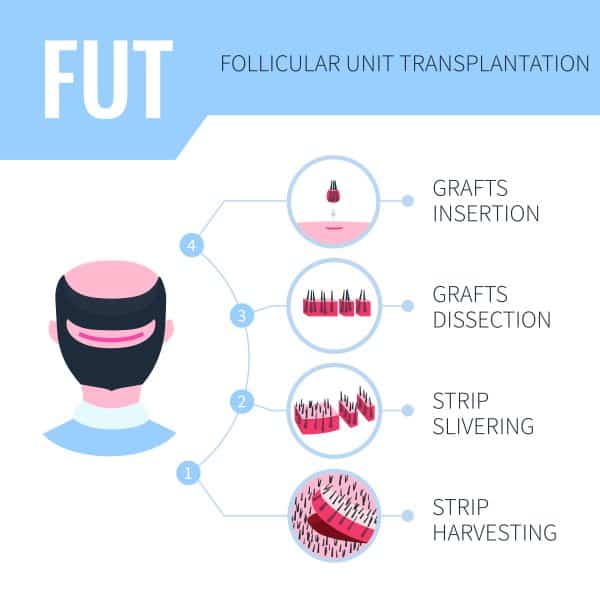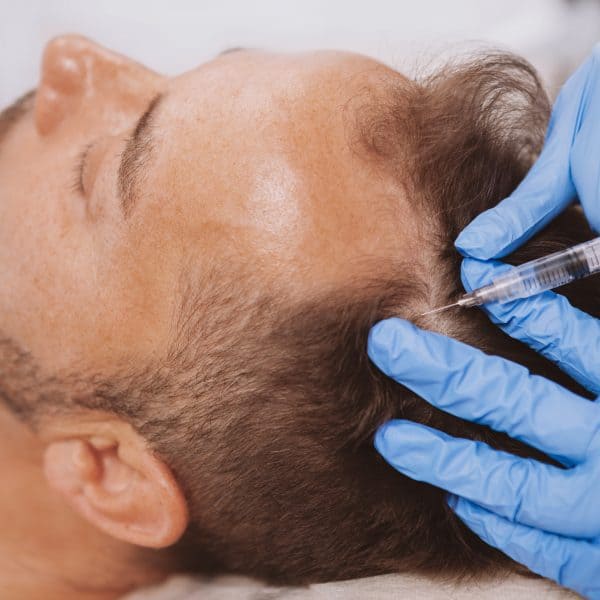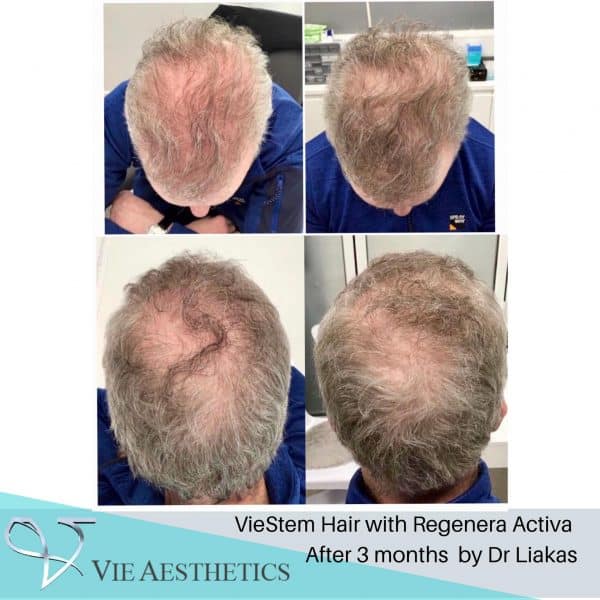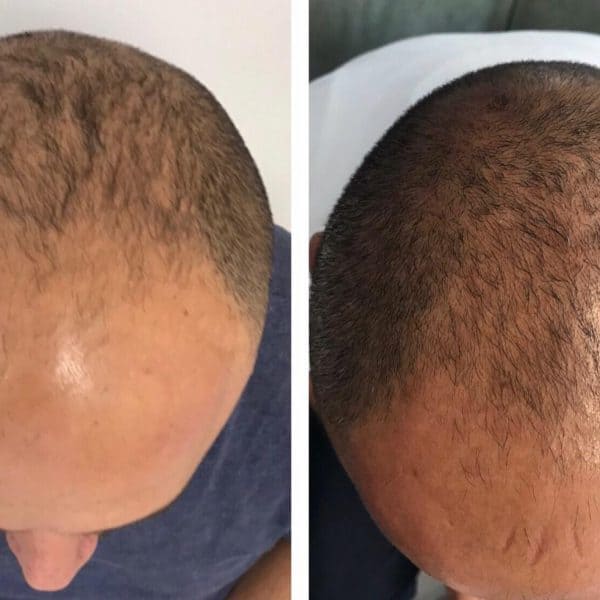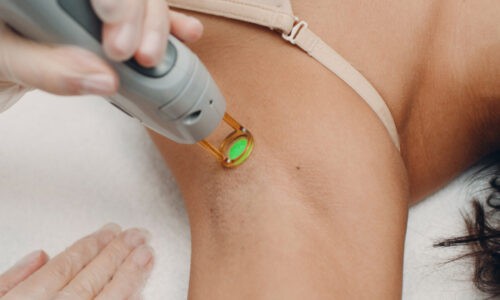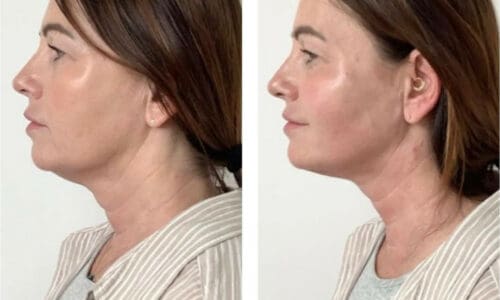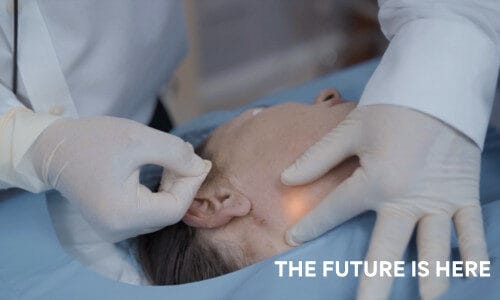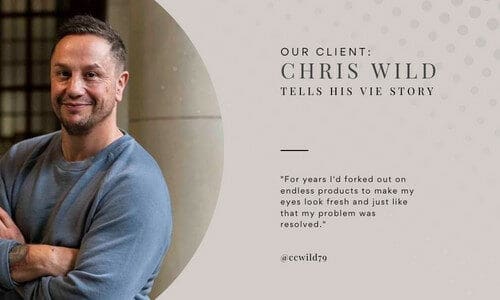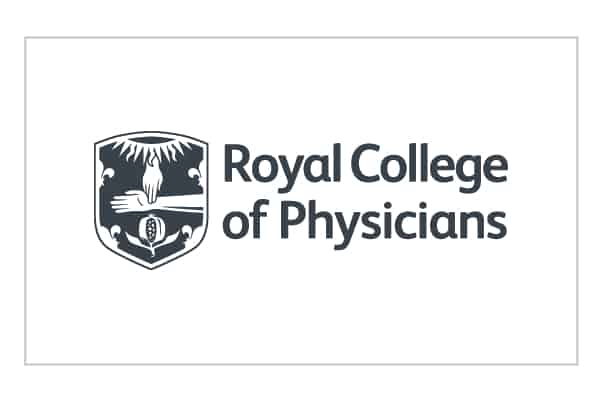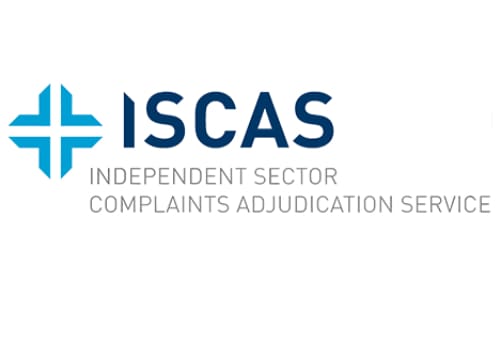Want to know the differences between VieStem Hair with Regenera Activa and surgical hair transplants? Read on…
In response to a huge number of requests, as promised, here is my newest blog looking at the difference between VieStem Hair with Regenera Activa and traditional surgical hair transplants. My aim is to shed more light on the procedures and to discuss which treatment might be right for you…
You may recently have heard about VieStem Hair with Regenera Activa, a stem cell micro-transplantation. It’s a new breakthrough in combating the hereditary hair loss condition known as “androgenic alopecia”, more commonly referred to as Male Pattern Baldness (MPB) and Female Pattern Baldness (FPB).
We introduced the treatment to the clinic in early 2019 and have been very excited by the results it has produced. This has been picked up by mainstream media too, with reports in the national press and even on the TV show Lorraine.
Of course, you almost certainly would have heard much about hair transplants, too. The surgical hair transplant industry has exploded over the last 10 – 15 years, with techniques greatly improved since the 1980s and 1990s, and many celebrities, from Robbie Williams to Wayne Rooney, confessing to having procedures done.
So, what are Regenera Activa Stem Cell Micro-Transplants exactly? And how do they differ to Surgical Hair Transplants? And if hair loss bothers you, then which treatment might be right for you?
In this blog we attempt to answer those questions.


